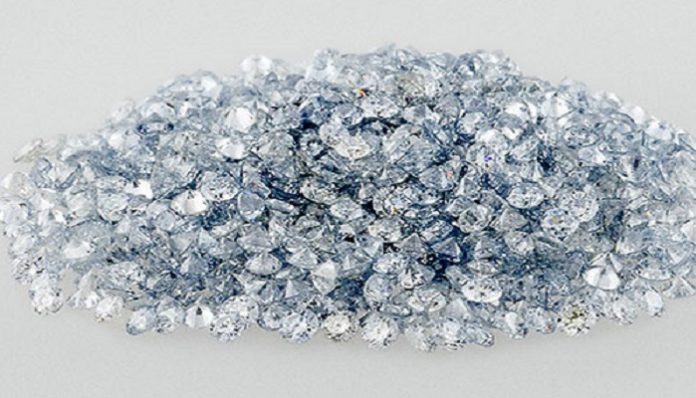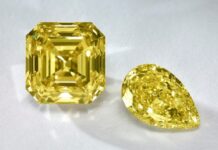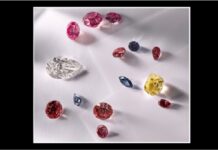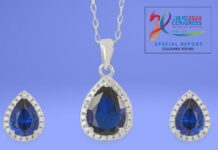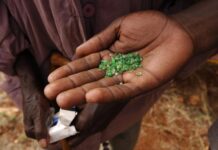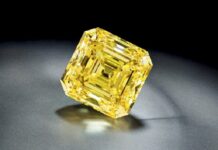The Gemological Institute of America’s (GIA’s) publication Gems & Gemology in its Summer 2018 volume has a report on the strange case of one single natural diamond found mongst a batch of 1,102 HPHT synthetic melee.
The report, co-authored by Stephanie Persaud, Wuyi Wang, Paul Johnson, and Ivana Petriska Balov, sketching in the background, noted: “Over the last decade, the production methods used to create synthetic diamond melee have improved substantially, along with the quality of the specimens themselves. The increase in the amount of synthetic melee submitted—both disclosed and undisclosed—to GIA’s laboratories for identification has exponentially increased since GIA began offering its Melee Analysis Service in 2016.”
The report further said that parcels of melee which are submitted often contain a mixture of naturals and synthetics. “Typically, a few synthetics are detected in batches of natural melee diamonds, known in the trade as “salting”,” the report stated.
Recently, GIA’s New York laboratory received a batch of 1,102 melee diamonds with a total weight of 9.67 carats for the melee analysis service. “The tested melee ranged from 0.98 to 1.52 mm in diameter,” the report stated. “Preliminary testing using GIA’s fully utomated screening device referred 1,093 for further testing, while nine were found to be outside of the service criteria. Further analysis using detailed spectroscopic analysis confirmed 1,092 out of the 1,093 to be HPHT synthetics.”
The authors also noted that these melee diamonds “showed a clear blue hue, which is very different from most of the melee diamonds we have tested”, due to the relatively high concentrations of boron (a substance typically found in HPHT synthetic diamonds).
“Further examination using photoluminescence (PL) spectroscopy showed no detectable peaks of nickel, often a catalyst used to grow HPHT synthetic diamonds,” the report said. “These spectra were in fact atypical of HPHT synthetic diamonds. Distinctive HPHT growth patterns were observed in the DiamondView along with strong phosphorescence following exposure to short-wave UV radiation.”
However, one sample out of 1,093 was confirmed as a natural diamond. “It is interesting to note that only one natural was found in this parcel of melee,” the authors concluded. “This has been the largest percentage of undisclosed synthetic melee that GIA has seen. The majority of the HPHT synthetic melee had no detectable traces of Ni, demonstrating the importance of advanced testing to identify these melees.”
News Source: gjepc.org
Disclaimer: This information has been collected through secondary research and TJM Media Pvt Ltd. is not responsible for any errors in the same.











